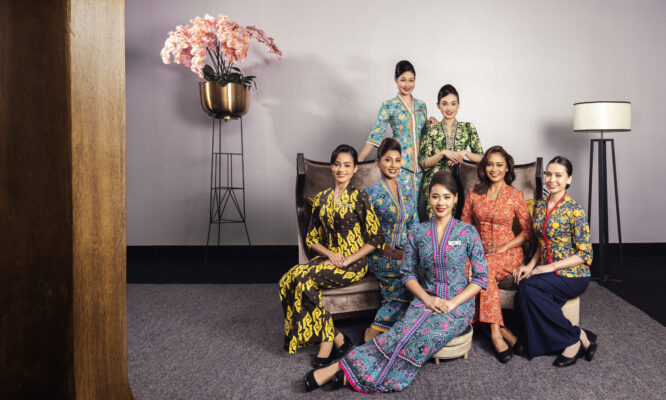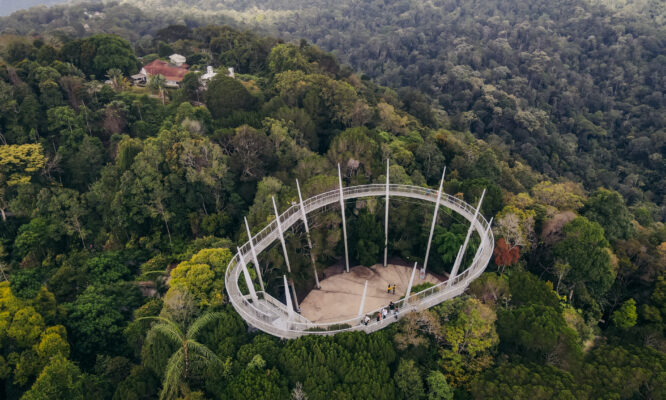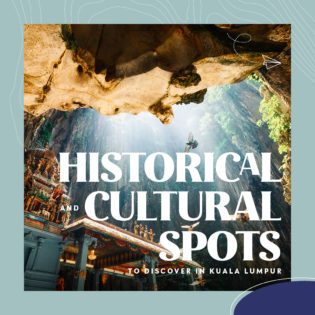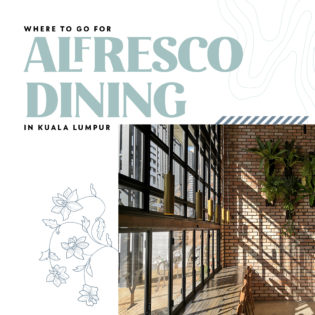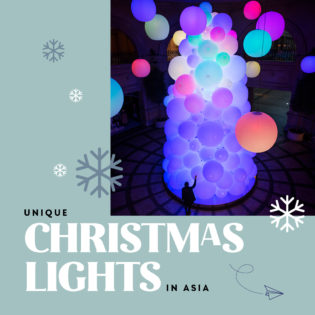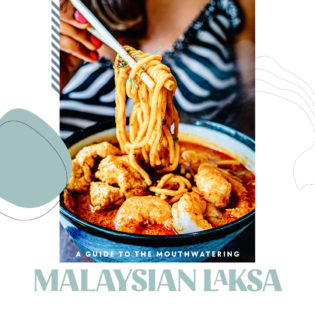Master oblation maker Loh Ah Ban creates beautiful structures that are burned as offerings for funerals and religious events
Words Alexandra Wong Photos SooPhye
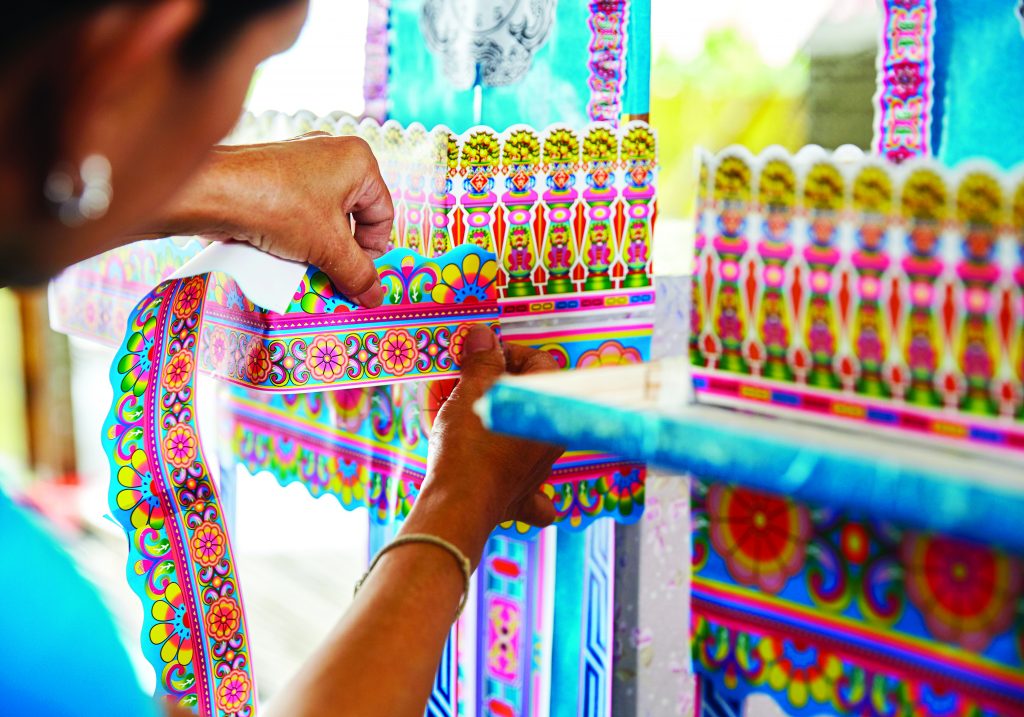
“A Ferrari.”
Gary Lee answers without hesitation when I ask what’s the strangest oblation he’s ever made.
Paper oblation – flammable creations burned by members of the Chinese community at funerals and religious festivals – have certainly come a long way. In days of yore, oblation crafts were mainly made up of paper bungalows, houses and cars, but now requests range from flashy to over the top. According to a 2014 news report, the cardboard version of the iPhone 5S was one of the most in-demand offerings that year.
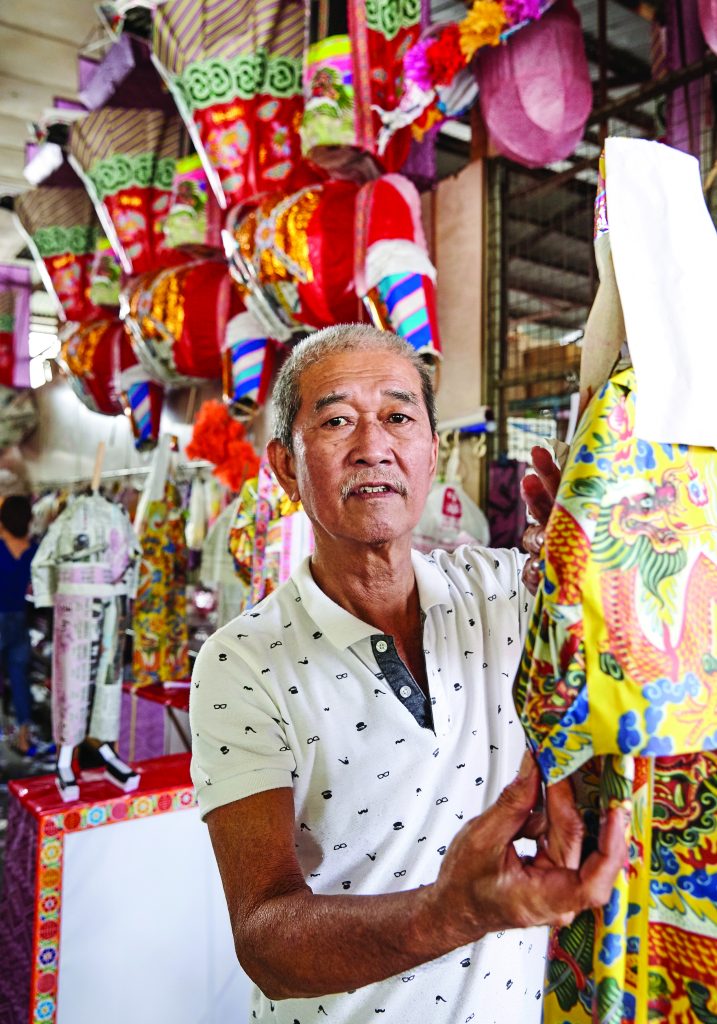
“The whole point is to provide the deceased with worldly possessions that can make his afterlife as comfortable as possible,” explains Loh Ah Ban, Lee’s father-in-law and owner of the eponymous Penang-based supplier of paper oblation crafts. “From motorcars to aeroplanes, massage chairs to pianos, we’ve done them all.”
And how do they cope with non-standard requests, such as the Ferrari?
“Good old Google,” Lee replies, with a laugh. “If we have never done something before, we search online for information on its actual size and proportions, then miniaturise it.”

Though Penang has a number of oblation makers, Loh is the most sought after. Apart from creating paper crafts for funeral rites, he also makes giant paper effigies of Chinese gods that are put up in neighbourhoods to guard the residents from hungry spirits that are said to roam the streets during the Hungry Ghost month.
A second-generationer who has been in the business for nearly 50 years, Loh is well-known for using high-quality printed coloured papers in the bodies of his paper effigies, giving them an attractive glow when they come into contact with light.
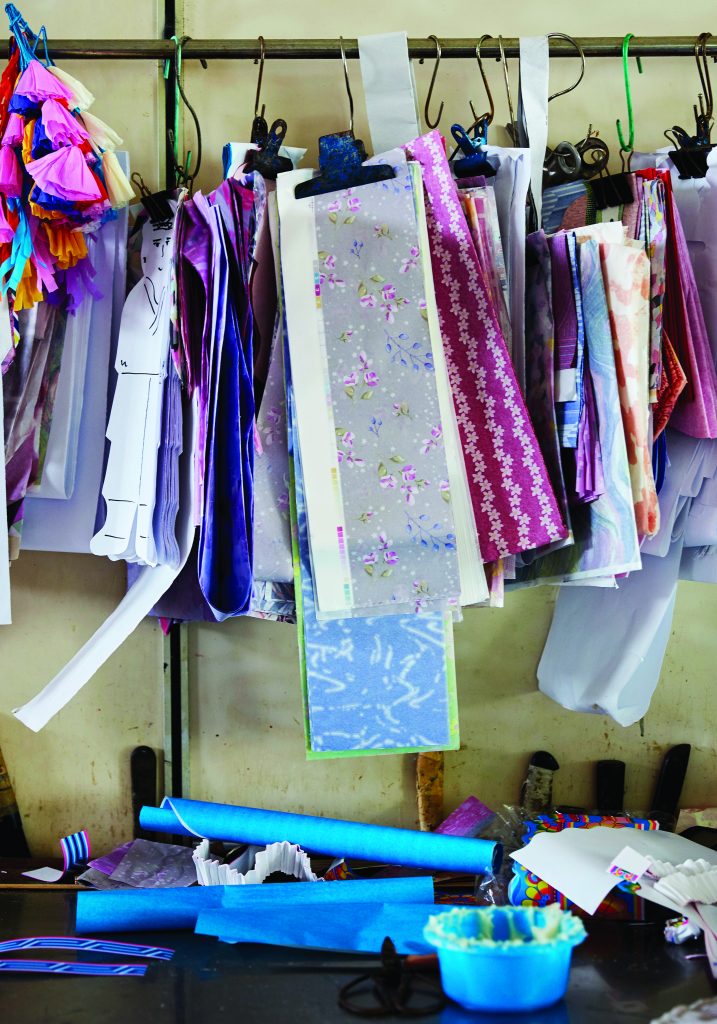
To maintain a high level of quality, Loh doesn’t do end users or walk-ins. His clientele primarily comprises undertakers and other shops that specialise in the paraphernalia.
“When our clients come to us, they have a specific list of requirements. Different dialect groups have different rituals; the Cantonese, for example, have a unique ritual called ‘Jump Over the Fire’. Even if it’s the same feature, it may be used differently. For example, a paper house has a basket containing paper money, as the Chinese believe that this money will come useful to the deceased in their afterlife. But how these baskets are used differs according to ethnic origin.”
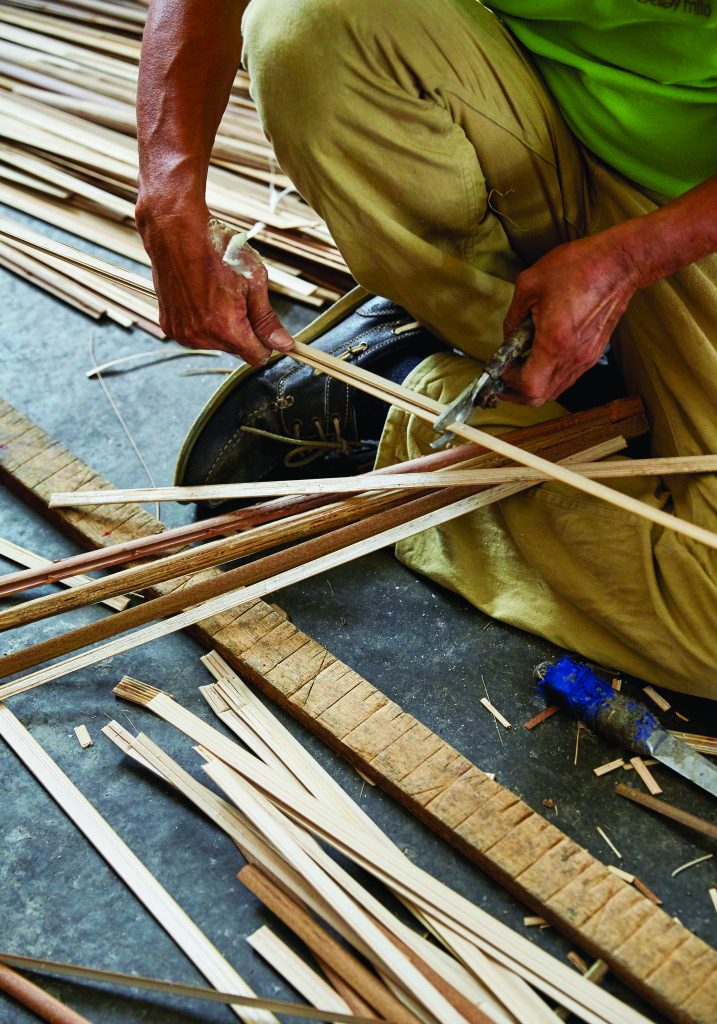
Loh moved around a few locations before settling in his current workshop, tucked in an unnamed alley behind Lebuh Carnarvon, one of the oldest and busiest streets in George Town, Penang. He is assisted by a team of long-time workers, each responsible for creating different parts of the structure before the components are combined into a single masterpiece.

At the time of my visit, three women are gluing squares of coloured paper onto a cane structure. Squatting on the floor are several men cutting and bending lengths of cane, while one of them is lashing them into an intricate frame, taller than a man.
Every step is done by hand, from assembling each rod to the patching of coloured papers. it usually takes them a day to finish making a two-metre paper house. Larger paper houses will require more time, of course. When completed, the deceased’s name is written in Chinese on the top, right and left of the paper house.
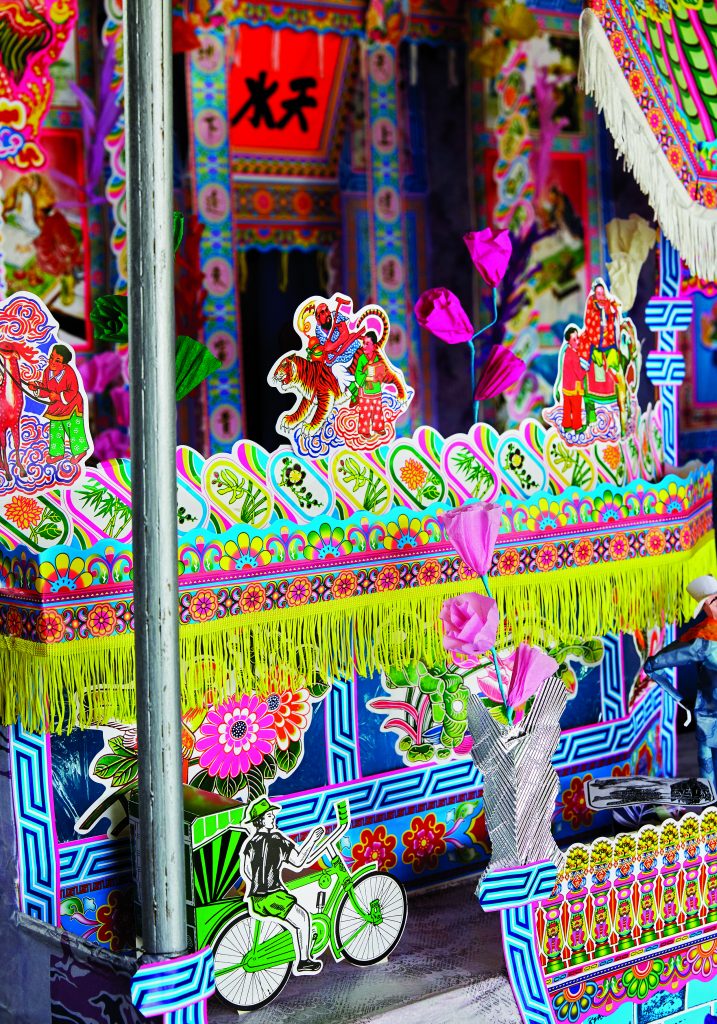
One of the ladies waves me over to show her handiwork. Her voice rings with pride as she points out the elaborate door and the servants, represented by paper figurines so small that I need to squint to spot them. The amount of detail is extraordinary. When the structure is finished, I’m told it will be a colourful heritage house with sweeping staircases and ornate decorations.
A lovingly assembled work of art, no less, that’s destined to go up in flames.
Ah Ban Paper Oblation Shop
198A, Lebuh Carnarvon, George Town, Penang
Tel: 604-261-5292
